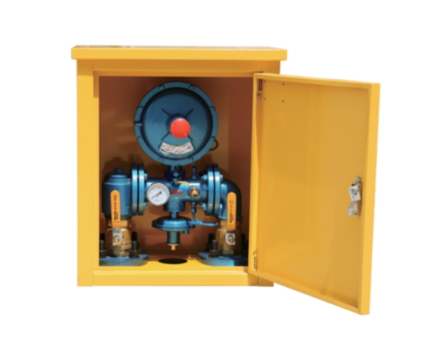
Oct . 07, 2024 21:36
Back to list
pressure reducing device
Pressure Reducing Devices Essential Components in Fluid Control Systems
Pressure reducing devices play a pivotal role in managing fluid systems across various industries, ensuring safe and efficient operation. These devices are designed to lower and regulate the pressure of gases or liquids, providing steady output pressure irrespective of fluctuations in the supplying pressure. This capability is essential in preventing damage to equipment and ensuring the safety of personnel.
At the core of pressure reduction is the pressure regulator, which automates the control process. It typically consists of a spring-loaded diaphragm that adjusts the flow based on the downstream pressure requirements. When input pressure exceeds the desired level, the diaphragm moves to decrease the opening, thus reducing the flow. Conversely, if the downstream pressure drops, the diaphragm allows more fluid to pass through. This dynamic response helps maintain a consistent pressure downstream, which is crucial for applications requiring precision, such as in laboratories and manufacturing processes.
Moreover, pressure reducing devices are integral in industries ranging from oil and gas to pharmaceuticals, where high pressures are commonplace. For instance, in oil rigs, these devices ensure that the pressure from pipelines is reduced to safe levels before it reaches equipment or storage facilities. In pharmaceuticals, maintaining exact pressure in production processes helps in compliance with strict industry standards, impacting the quality and efficacy of medications.
pressure reducing device

The design of pressure reducing devices varies based on the application and the media being handled. Some devices are optimized for high-pressure applications, while others are designed for corrosive environments. Materials such as stainless steel, brass, and plastic are commonly used to construct these devices, chosen based on their compatibility with the fluid and resistance to wear over time.
Maintenance of pressure reducing devices is crucial to ensure their long-term functionality. Regular inspections can prevent issues such as leaks, blockages, or pressure fluctuations that can lead to system failures. Many modern regulators come equipped with features like built-in filters and easy-to-access adjustment screws, making maintenance simpler and more efficient.
In conclusion, pressure reducing devices are indispensable in fluid control systems, enhancing safety and efficiency across various applications. By regulating pressure effectively, they ensure optimal performance of equipment and protect systems from potential hazards induced by pressure surges. As industries evolve and demand tighter control over fluid dynamics, the importance of these devices will continue to grow.
Next:
Latest news
-
Safety Valve Spring-Loaded Design Overpressure ProtectionNewsJul.25,2025
-
Precision Voltage Regulator AC5 Accuracy Grade PerformanceNewsJul.25,2025
-
Natural Gas Pressure Regulating Skid Industrial Pipeline ApplicationsNewsJul.25,2025
-
Natural Gas Filter Stainless Steel Mesh Element DesignNewsJul.25,2025
-
Gas Pressure Regulator Valve Direct-Acting Spring-Loaded DesignNewsJul.25,2025
-
Decompression Equipment Multi-Stage Heat Exchange System DesignNewsJul.25,2025

